Non-lethal warfare agents
100 will soon be over the years, since the first gas-balloon attack with chlorine in April 1915. Over the years, the toxicity of toxic substances compared to the chlorine used at that time increased approximately 1900 times.
The variety of toxic substances that have been adopted, differing from each other in their physicochemical properties and state of aggregation, the nature of the toxic effect and levels of toxicity, significantly complicates the creation of chemical protection agents, especially antidote drugs, indication and warning systems.
Gas masks and sets of skin protection equipment, even the newest ones, have an adverse effect on people, depriving them of normal mobility due to the aggravating effect and gas mask, and skin protection equipment, causing unbearable thermal loads, limiting visibility and other perceptions necessary to control combat means and communication with each other. Because of the need to conduct degassing of contaminated equipment and personnel, in some cases, the withdrawal of troops from combat is required. There is no doubt that modern chemical weapon It is a formidable weapon and, especially, when used against troops and civilians who do not have adequate means of chemical defense, a significant combat effect can be achieved.
Chlorine, phosgene, mustard gas and other originally used gases can be called toxic substances of the 1st World War. Organophosphorus poisonous substances can rightfully be called chemical weapons of World War II. And the point is not so much that their discovery and development fell on the years of this war and the first post-war years. It was during the years of the last World War that they could most fully display their damaging properties, toxic substances of nerve-paralytic action. For their effective use, vulnerable targets were evident - the positions of troops saturated with openly disposed manpower. In those years, several thousand people concentrated on front-breakthrough areas on each square kilometer, and moreover, they did not have full-fledged anti-chemical protection. For the use of chemical shells and aerial bombs, the necessary artillery combat groups and aviation.
The entry into the arsenals of armaments of organophosphorus toxic substances of the nerve agent marked apogee in the development of chemical weapons. A further increase in its combat power does not occur and is not predicted in the future. Receiving new toxic substances, which in terms of toxicity would be superior to modern poisonous substances of lethal effect and at the same time possess optimum physicochemical properties (liquid state, moderate volatility, ability to cause damage when exposed through the skin, ability to be absorbed into porous materials and paint and varnish coatings and etc.) is excluded. This conclusion is supported by the experience of developing chemical weapons over the past sixty years. Even binary ammunition created in 70-ies and those were loaded with sarin and other poisonous substances, obtained approximately 30 years ago.
Over the past decade, fundamental changes have occurred in weapons systems. The fighting qualities of conventional weapons have sharply increased, primarily due to the entry into service of high-precision weapons, capable of defeating individual targets and even finding the required targets of destruction among others thanks to "intelligent" control and guidance systems.
This, as well as the end of the Cold War and the extremely negative social attitudes towards chemical warfare agents, led to the conclusion of the International Convention on the Prohibition of Chemical Weapons in 1993, which entered into force on April 29 on 1997.
They turned out to be interested in the elimination of chemical weapons, as it is not strange for the countries where the largest stocks of toxic agents were accumulated. The probability of a “big war” was minimized, in these conditions, nuclear weapons as a means of deterrence became quite enough. The withdrawal of toxic substances outside of international law has become beneficial to countries with nuclear arsenals, since chemical weapons were considered by many odious regimes as an atomic bomb for the poor.
INCAPASITANTS
Substances used by “law enforcement agencies” for “riot control” did not fall under the scope of the convention.
Incapacitants include a large group of physiologically active substances with different toxic effects. Unlike lethal substances, disabling doses of incapacitants are hundreds or more times lower than their lethal doses. Therefore, in the case of the use of these substances with military or police purposes, it is possible to avoid the occurrence of fatalities. Incapacitants include irritants and disregulators. Irritants were used during the First World War, but they have not lost their significance until now.
In the early days of 50, a technology was developed at the British Chemical Research Center in Porton Down to obtain a new irritant who received the CS code. Since 1961, it is in service with the American army. Later it entered service with the army and police of several other countries.
Substance CS was used in large quantities during the Vietnam War. The substance CS is far more irritating than the irritants of the 1 World War I period - adamsite (DM) and chloroacetophenone (CN). It is widely used by the police and in civilian self-defense means.
Among the commoners is widespread opinion about the "harmlessness" of this substance. However, this is far from the case. In case of poisoning with large doses or with prolonged exposure, severe health damage is possible, up to the burn of the respiratory tract.
Contact with eyes can cause severe corneal burns with partial or complete loss of vision. A number of researchers have noted among people who have repeatedly come under the influence of “tear gas” a sharp decrease in immunity.
In the year 1962, an irritating substance CR was received in Switzerland, 10 times more effective than CS. It was adopted by the army and police of Great Britain and the USA.
At elevated concentrations, its smoke causes intolerable irritation of the respiratory organs and eyes, as well as the skin of the whole body. In a state of vapor or aerosol, the CR substance has a powerful tear effect in combination with a nettle, burning effect. A few seconds after contact with the atmosphere containing the vapor and aerosol of the substance CR, an intolerable burning of the eyes, mouth and nose, as well as tearing, blurred vision, irritation of the upper respiratory tract and burning of the skin appear.
When a drop of CR solution gets onto the skin, there is a sharp pain in the skin that lasts for several hours. Compared to other synthetic irritants, CR creates a greater discomfort for victims.
Irritants were not included in the composition of chemical weapons by its definition given in the text of the chemical convention 1993 of the year. The convention only calls on its parties not to use these chemicals during hostilities.
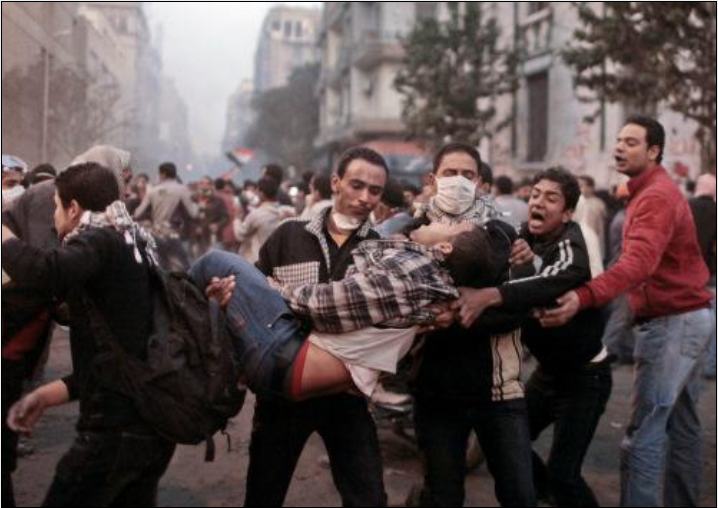
In fact, with the help of newer irritants and other substances of temporarily excretory actions that are not subject to prohibition, in the near future, overcoming of a gas mask can be achieved when an agent’s breakthrough through a gas mask and the airway irritation caused by it makes it impossible to remain in the gas mask because of a violation of the regime breathing, by virtue of which the victim will be forced to rip the gas mask off his face and expose himself to the detrimental effect of hundreds of thousands of times higher concentrations of irritant in the surrounding atmosphere re.
Irritants by their complex of properties may be of interest as substances for the exhaustion of enemy manpower. Under the conditions of a chemical convention, they can be further developed, since their development is not prohibited. On the other hand, with the current state of the system of anti-chemical defense of troops, the task of destroying manpower may not be feasible and therefore the task of not destroying the enemy’s manpower, which can be solved not only with the use of poisonous substances, will come to the fore.
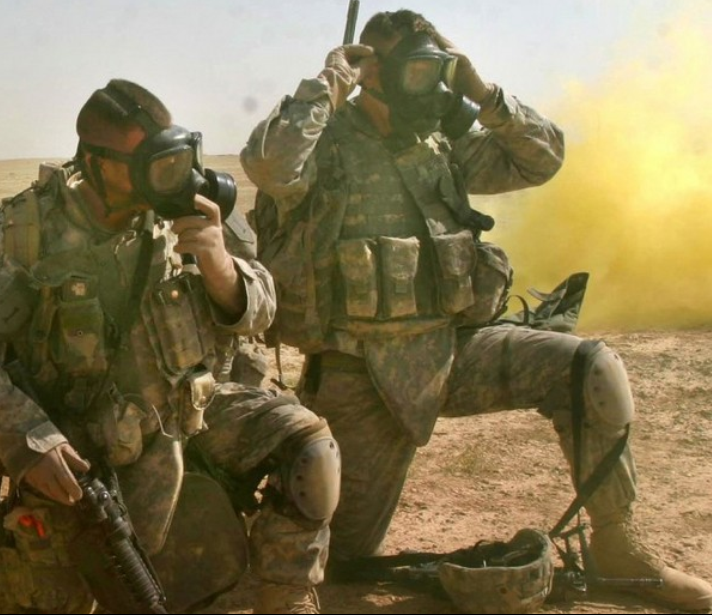
In the 50-s among the supporters of increasing chemical weapons there was a fascination with the idea of "bloodless war". Conducted the development of new substances designed to temporarily disable a significant part of the troops and the enemy population. Some of these substances are capable of incapacitating people by sending them into a world of dreams, full of depression or meaningless euphoria. ” It was, therefore, about the use of substances that cause mental disorders, disrupt the normal perception of the affected world, and even deprive people of reason.
The natural substance of the hallucinogenic effect of LSD has the described effect, but it is not available for production in significant quantities. In the United Kingdom, the United States and Czechoslovakia, full-scale tests of LSD actions on military personnel were conducted to determine the effect of this substance on the ability of those participating in the experiment to perform combat missions. The effect of LSD is very similar to the effects of alcohol intoxication.
After an organized search for substances of a similar effect on the psyche, in the United States a choice was made in favor of the substance under the code BZ. It was in service with the American army and was used in experimental form in Vietnam.
Under normal conditions, substance BZ is solid and fairly stable. It was intended for use in the form of smoke generated by burning a pyrotechnic mixture containing BZ.
Intoxication of people with BZ substance is characterized by pronounced depression of the psyche and a violation of orientation in the environment. Toxic effects develop gradually, reaching a maximum in 30-60 minutes. The first symptoms of a lesion are palpitations, dizziness, muscle weakness, and dilated pupils. After about half an hour, there is a weakening of attention and memory, a decrease in reaction to external stimuli, a loss of orientation, psychomotor agitation, periodically alternating with hallucinations. Through 1 — 4 hours, severe tachycardia, vomiting, confusion, loss of contact with the surrounding world are noted. In a subsequent outbreak of anger, committing acts inadequate to the circumstances, and impairment of consciousness with partial or complete loss of memory are possible. The state of poisoning persists until 4 — 5 days, and residual mental disorders can persist until 2 — 3's weeks.
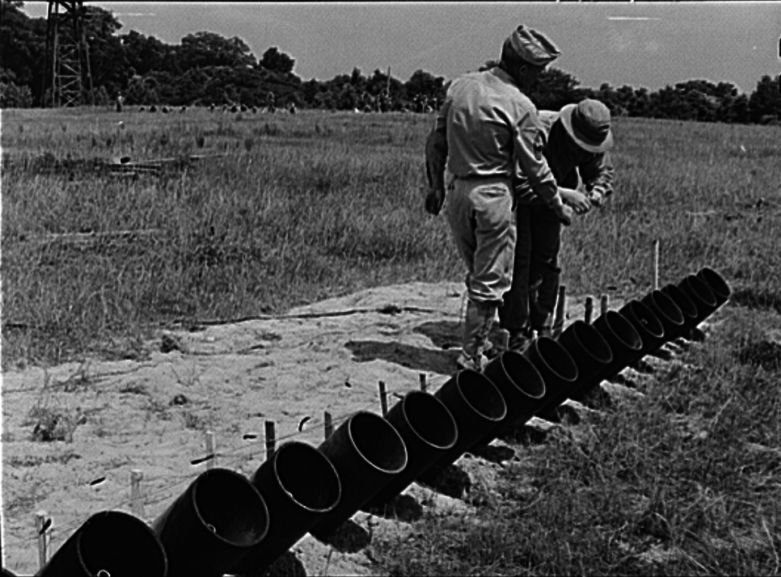
There are still doubts as to how predictable the behavior of an adversary is after exposure to substances of a psychochemical action, and whether the adversary will not fight more boldly and aggressively. In any case, the BZ substance was removed from the weapons of the US Army, and in other armies the matter did not reach its adoption.
EMETICS
A group of emetic with a strong vomiting effect, form synthetic substances and toxins. Among synthetic emetikov the threat of military use may be derived from apomorphine, aminotetralin and some polycyclic nitrogen-containing compounds. The most famous natural emetic is staphylococcal enterotoxin B.
The military use of natural emetic is associated with the likelihood of causing deaths to people with poor health, which can be avoided by using synthetic emetic. Synthetic, and natural emetic are able to cause vomiting and other symptoms of damage in various ways of their entry into the body, including inhalation. In victims, transiently begins irrepressible vomiting, accompanied by diarrhea. In this state, people can not perform certain tasks or combat missions. Due to the release of emetic masses, affected by emetic are forced to drop the gas mask regardless of whether the attacking agent is present or absent in the surrounding atmosphere.
bioregulators
Recently there have been publications concerning the prospects for the creation of a biochemical or hormonal weapon, which is based on the use of endogenous bioregulators. According to experts in the body of warm-blooded animals, there are up to 10 thousands of bioregulators of various chemical nature and functional purpose. Under the control of bioregulators there are mental state, mood and emotions, sensation and perception, mental abilities, body temperature and blood pressure, growth and regeneration of tissues, etc. Disorders occurring in the imbalance of bioregulators, leading to loss of health and health and even death.
Bioregulators are not subject to the prohibition of both chemical and biological conventions. Research, as well as the production of bioregulators and their analogues in the interests of health care, can be used to cover the work on the creation of biochemical weapons in circumvention of conventions.
NARCOTIC ANALGETICS
A group of narcotic analgesics is formed by morphine and fentanyl derivatives, which have an immobilizing effect. The advantages of substances with morphine-like action are their high activity, safety in use, as well as the fast-on and steady disabling effect. In 70-80-years, artificially synthesized substances of this group with extremely high “shock” effects were obtained. Carfentanil, sufentanil, alfentanil and lofentanil, which are of interest as potential toxic substances, were synthesized.
Carfentanil is one of the most active substances from the entire group of studied fentanyl derivatives. It shows its activity in various ways of its entry into the body, including the inhalation of vapor or aerosol. As a result of one-minute inhalation of the vapors of Carfentanil, immobilization occurs with loss of consciousness.
Narcotic analgesics are in service with the special services. The case of their use during a special operation related to the October 26 2002 terrorist act on Dubrovka in Moscow, also referred to as Nord-Ost, was widely publicized.
In the course of the storming of the building with hostages held by Chechen rebels, a narcotic analgesic was used. The main justification for the need to use gas in the course of a special operation to free hostages of gas is that terrorists have weapons and explosive devices, in the event of which all hostages could have died. The drug released into the building did not affect everyone for a number of reasons: some hostages remained conscious, and some terrorists continued to shoot for 20 minutes, but the explosion did not occur and all the terrorists were neutralized as a result.
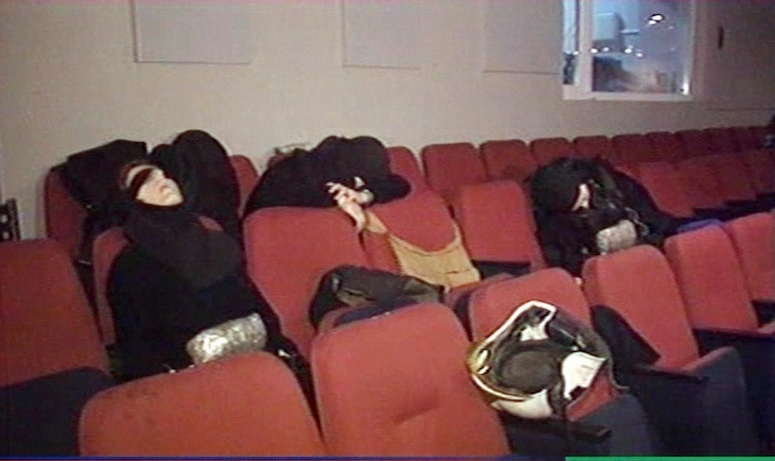
Of the 916 people taken hostage, according to official figures, 130 people died as a result of exposure to agents. The exact composition used by the security forces during the storming of the gas remains unknown. Specialists from the laboratory of scientific and technological foundations of security in Salisbury (UK) believe that the aerosol consisted of two analgesics - carfentanil and remifentanil. According to the official statement of the FSB, “special prescription based on fentanyl derivatives” was applied at Dubrovka. Officially, the main cause of death of a large number of hostages is called “exacerbation of chronic diseases.”
It is worth noting here that, according to the disabling action, the most active of narcotic analgesics in terms of their level of action achieve the effect of nerve agents. They are quite capable, if necessary, to replace non-conventional agents.
When suddenly applied, when the enemy is taken by surprise, the effect of narcotic analgesics can be overwhelming. Even in small doses, the action of the substance is knocked out - the living force that was attacked after a few minutes loses its ability to resist. In case of overdose, death occurs, which apparently happened to the dead in the "Nord-Ost".
According to the incapacitating action, the most active of narcotic analgesics reach the level of toxic substances of a nerve agent.
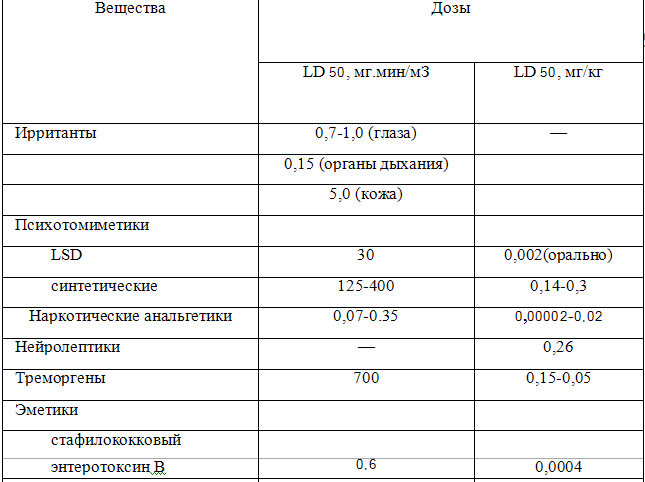
The list of drugs of various actions that can be used as chemical warfare agents is continuously replenished as a product of a “by-product” research process when creating various medicines and plant protection products (this is how the nerve agents were discovered in Germany in the 30-s). They never stopped and, apparently, work in this area in state secret laboratories will not stop. There is a high probability of creating new poisons that are not subject to the provisions of the 1993 chemical convention of the year.
This can serve as a motive for switching scientific teams of military departments and industry from the direction of development and production of deadly chemical agents to the search for and creation of new types of chemical weapons in circumvention of the convention.
Based on:
http://rudocs.exdat.com/docs/index-19796.html
http://mirmystic.com/forum/viewtopic.php?f=8&t=2695&mobile=mobile
ALEXANDROV V.A., EMELYANOV V.I. Poisonous substances. Moscow, Military Publishing, 1990
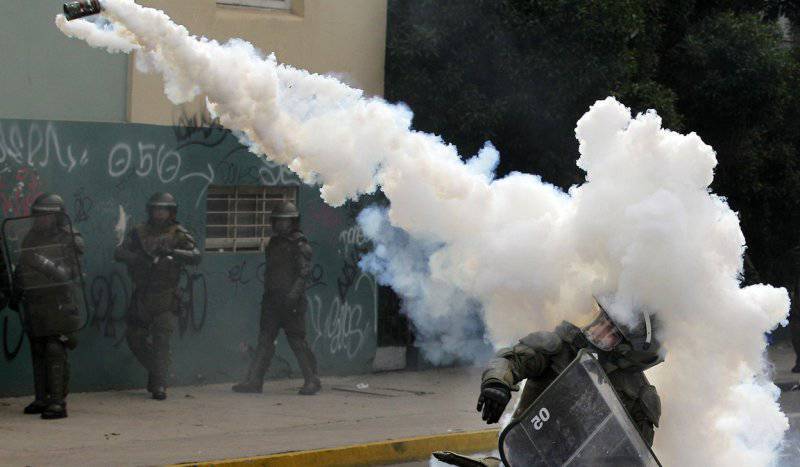
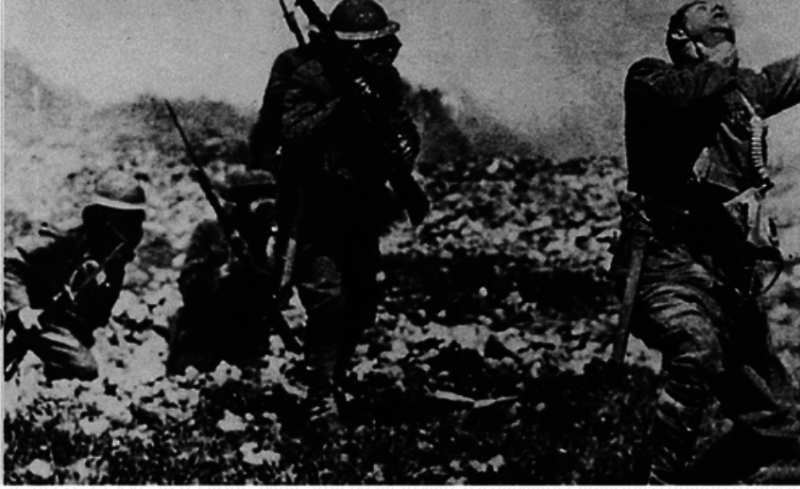
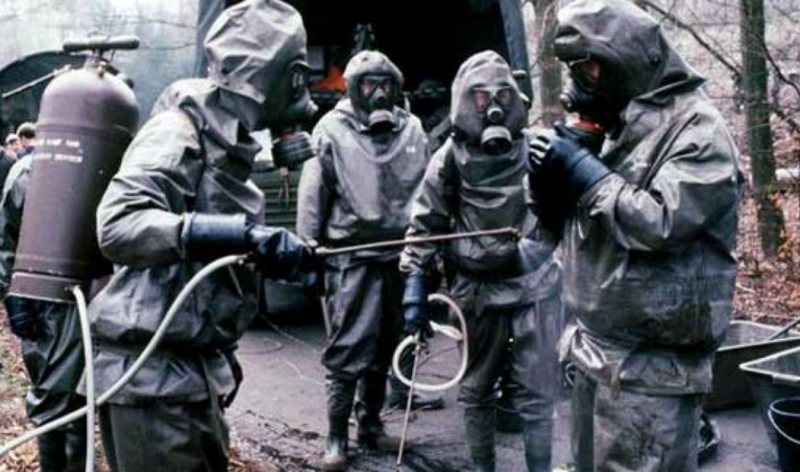
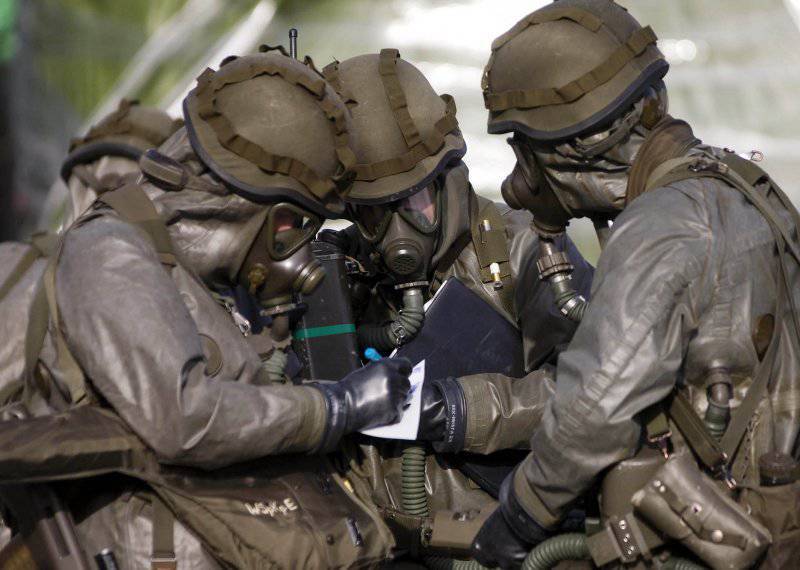
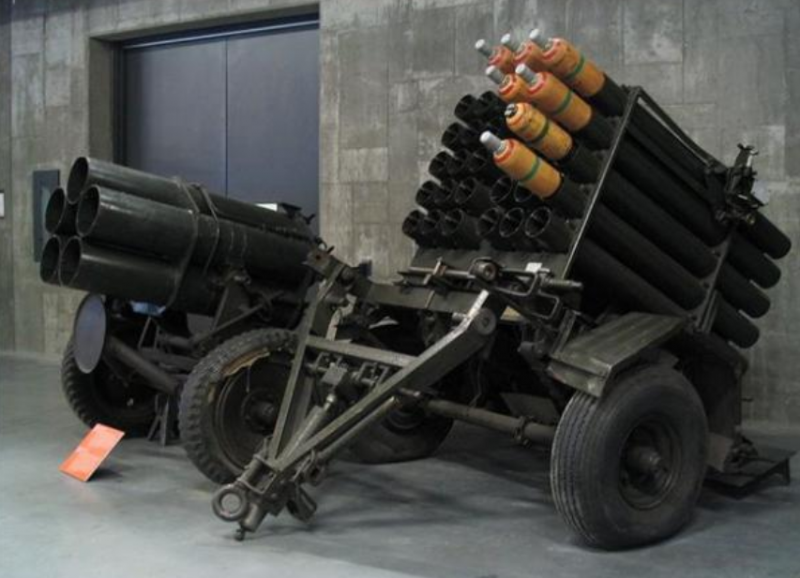
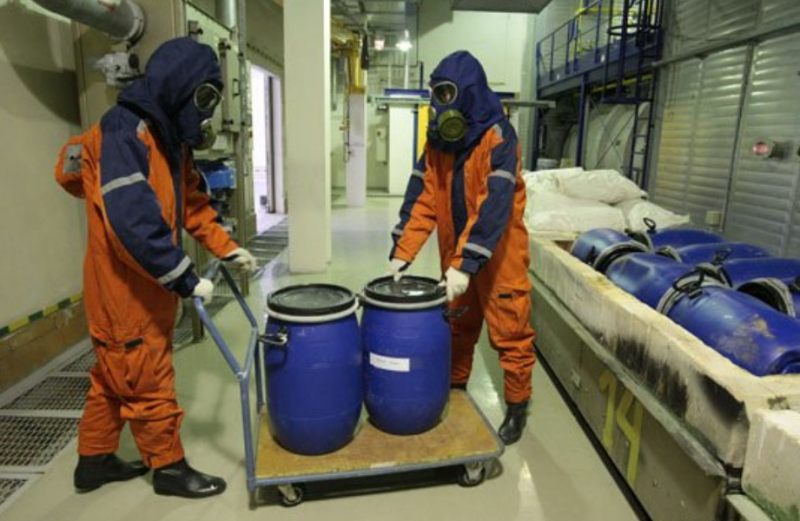
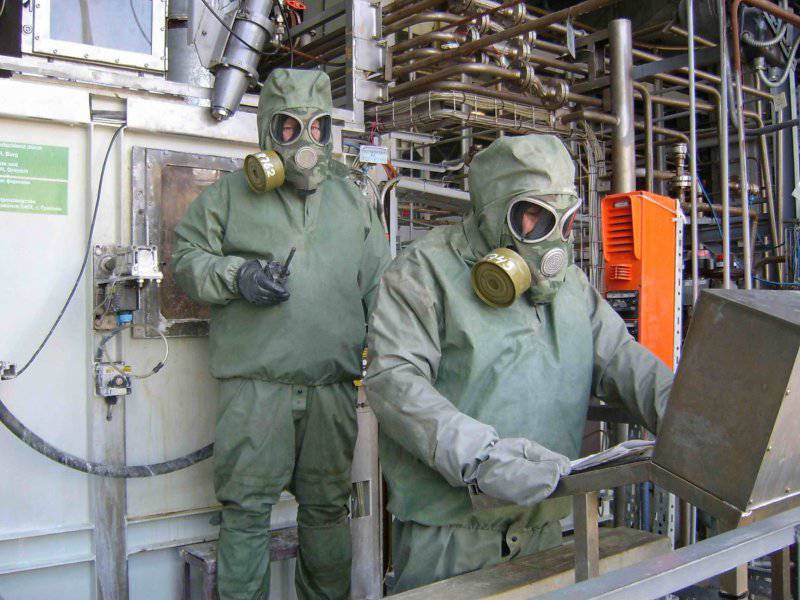
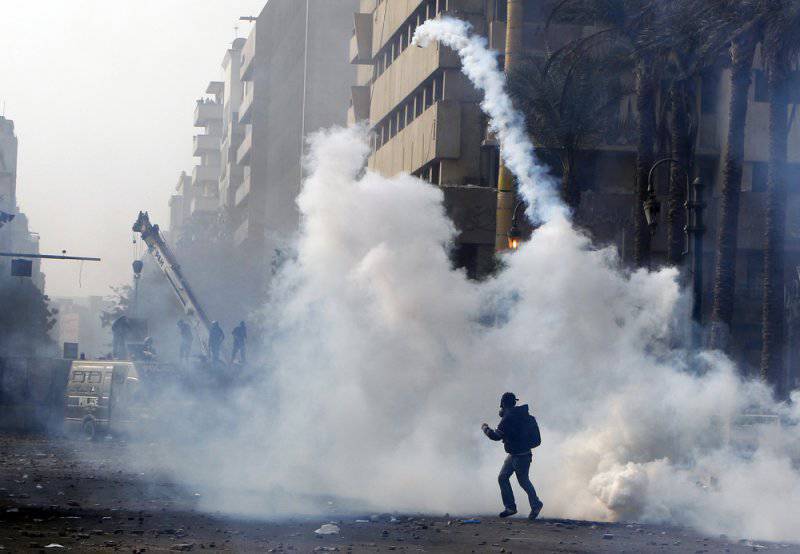
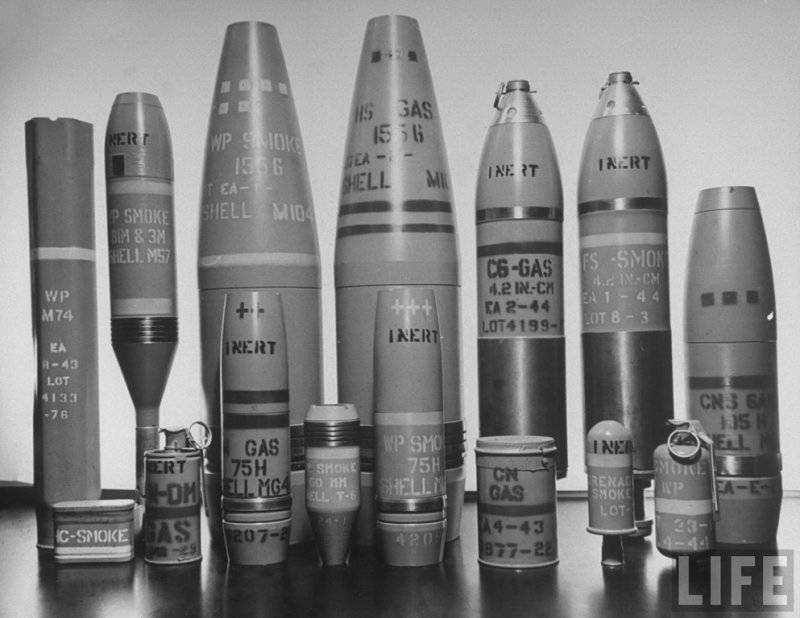
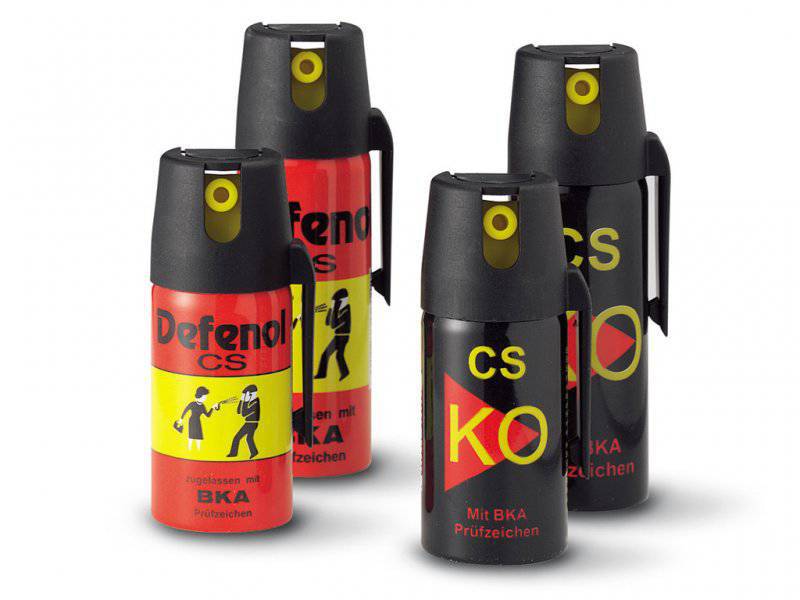
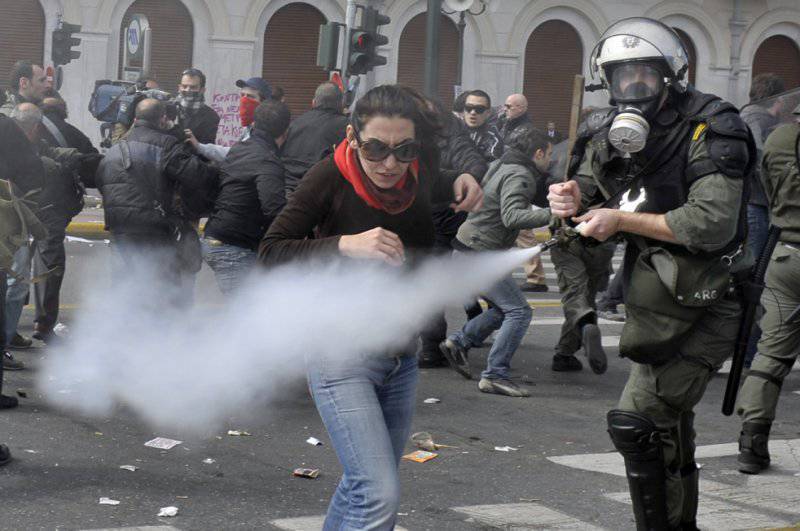
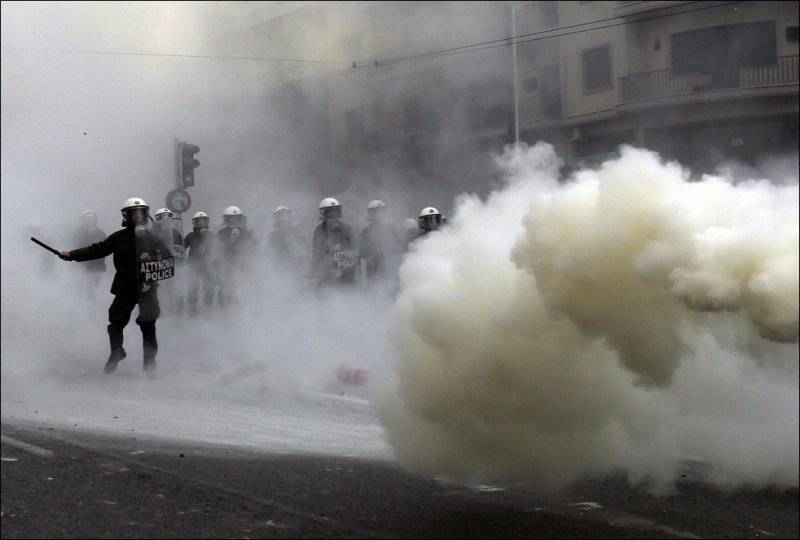
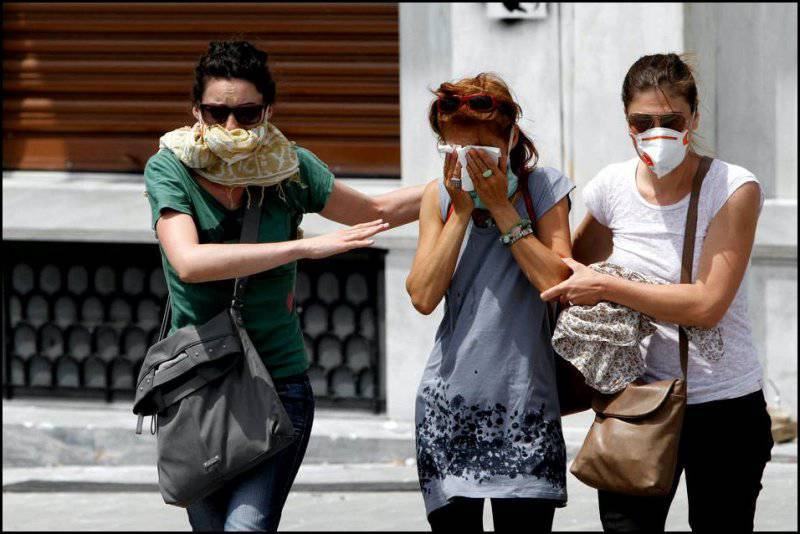
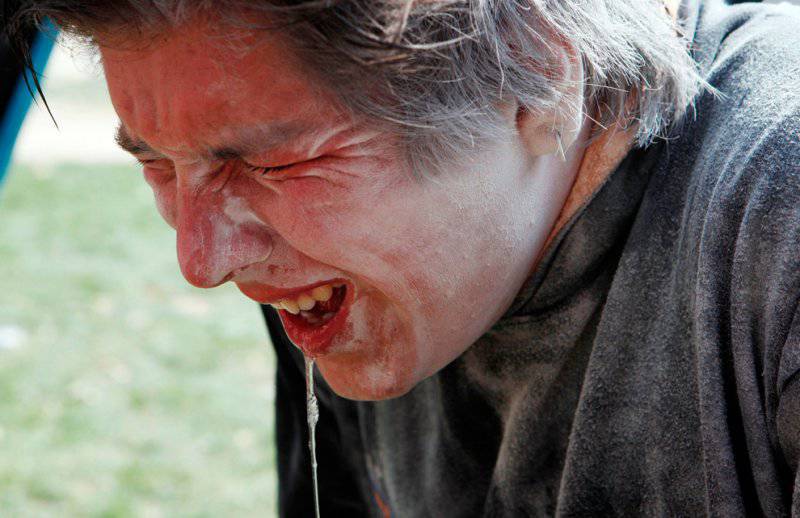
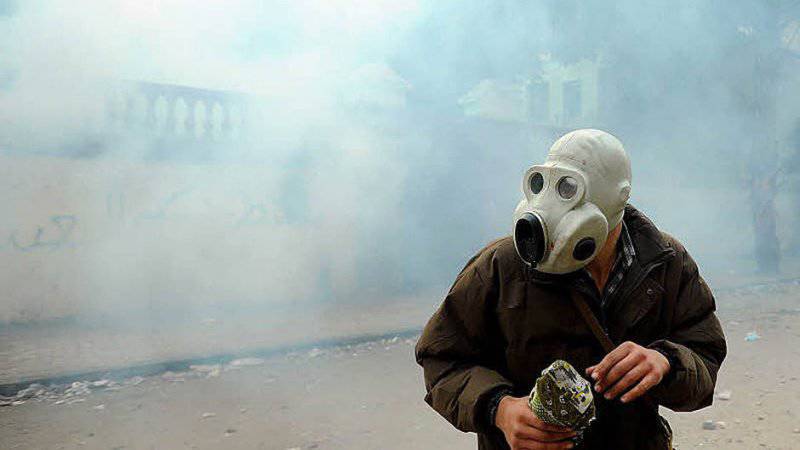
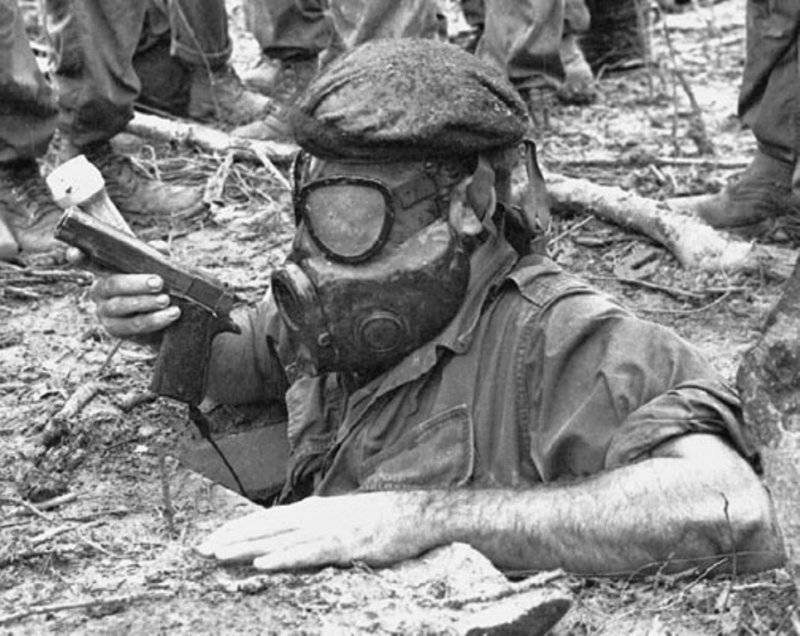
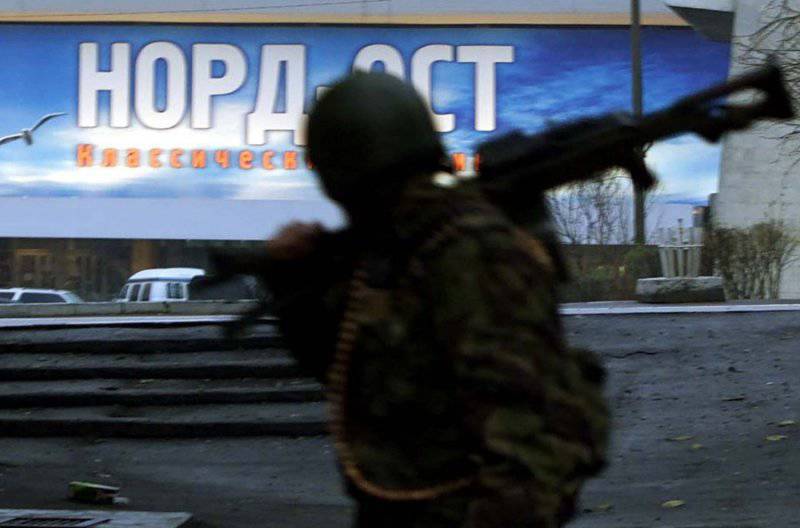
Information